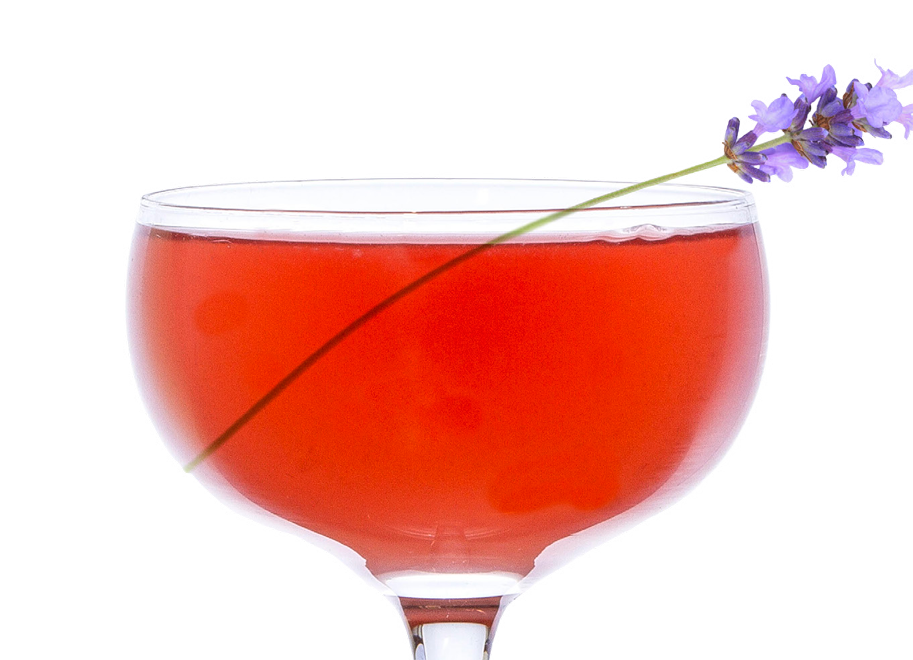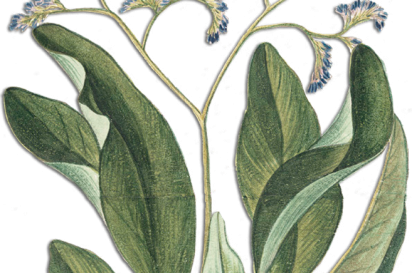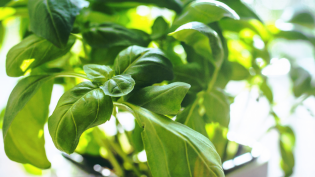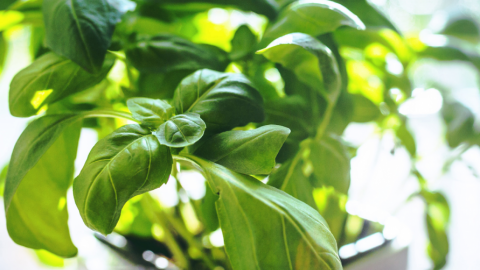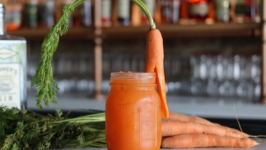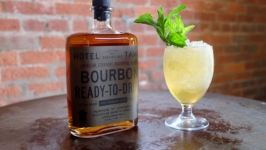In The Garden: Herb in Your Bourbon?
Try using some savory garden herbs to enhance the flavor of creative cocktails. Garnish the glass, decorate ice cubes or make a simple syrup by simmering the herbs with one cup of water and two cups of sugar for about 10 minutes.
These perennial herbs are easy to grow and come back every year so the investment is minimal. Many of these herbs are native to the Mediterranean so sun, warmth and well-drained soils is the winning combination for healthy plants. Once the plants are established they are also drought tolerant.
Fennel (Foeniculum vulgare) resembles dill in that it grows into a thick celery-like stalk with finely cut foliage. The tall plants form umbel-shaped flowers that beneficial insects love. Removing these flower heads before they go to seed is a recommended practice to prevent an invasive plant problem. Fennel imparts a licorice-like flavor that may be just the perfect substitute for celery in your Bloody Mary.
Thyme comes in many forms: Common thyme (Thymus vulgaris) has a slightly upright habit and it loves dry, rocky soils. There are also varieties that appear woolly or variegated or are citrus scented. My favorite, however, is creeping thyme (Thymus praecox). This variety forms a dense mat of tiny leaves that is perfect for lining a stone path. It will choke out weeds and emit its aromatic scent if you accidently step on it! I think a little lemon thyme (Thymus citriodorus) might be a nice addition to a Pimm’s cup for Sunday brunch.
Chives (Allium schoenoprasum) are extremely easy to grow. Think wild onions but with a more sophisticated taste profile. The thin grass-like leaves of this flowering bulb are used as a substitute for onions so why not use chives instead of a pickled onion in your Martini?
Sage is another reliable garden herb once you get it established. Salvia officinalis is a culinary workhouse, its large fuzzy leaves and strong flavor pairs well with meats and cheeses. So why not a pineapple-scented variety of sage for the bar? Pineapple sage (Salvia elegans) is a not a perennial in Kentuckiana but the fruity scent of the foliage and the bright red blooms give it garden worth for a summer season.
Lavender has a similar taste profile to sage but with a floral tone to it so it really complements the sourness of lemonade. Some of the more reliable lavenders to grow in Kentuckiana include Lavandula angustifolia ‘Munstead’ and ‘Hidcote’. Both are hardy and suitable for containers. Lavender is what we call a subshrub: Like common sage, it forms woody stems that can be trimmed up in early spring before new growth begins.
Seasonal Selections: Basil
Perhaps no other herb signifies summer better than basil. Offering more than 60 varieties, this member of the mint family thrives in bright sunlight, growing lush during summer days in the ground or in a pot. Basil can be sweet, purple or bush, and can be grown year-round in a sunny windowsill.
Beyond cooking, the essential oil of basil can be used to fight mental fatigue and headaches when used in aromatherapy or massage, and has long been favored in traditional Tamil and Ayurvedic medicine for its anti-inflammatory qualities. Early Europeans claimed basil would wilt if anyone with an impure heart touched it. Once picked, the stems should be placed in a glass of water at room temperature, as storing it in the refrigerator will discolor the leaves. At Wilson Nurseries, we grow close to 20 types of basil:
Sweet ‘Nufar’ The most common variety for growing and cooking, this Genovese-type is disease resistant, packed with flavor, and its large leaves make it easy to harvest and slice into chiffonade. Fast-growing, the leaves just keep coming, especially when cut often. Great as pesto and pesto cubes freeze well.
Napoletano A “lettuce-leaf” Italian variety with sweet fragrance and mellow flavor. The giant crinkled leaves make delicious mini wraps. Slow to bolt and easy to grow, this classic tasting heirloom variety has a subtle, peppery flavor profile and is best used fresh for sauces and processing.
‘Siam Queen’ Thai Licorice like qualities and dense, deep purple blossoms atop dark green pointed leaves make this an excellent choice for Thai and Asian cuisine, green curries and noodle soups.
Cinnamon A spicy scent fills the air each time the plant is brushed or harvested. Dark bronze leaves and rosy pink flowers make it a focus in the garden. A nice choice for jams, custards, fruit salads and meat marinades.
Spicy Globe a strong, spicy flavor profile which works well in soups, salad, and pasta. Great for containers because it is compact with smaller leaves.
Red Rubin Pure purple-bronze foliage distinguishes this compact basil. Fine flavor and aroma, with an intense spicy flavor, adding a nice touch to flavored oils and vinegars.
Pesto ‘Perpetuo’ A light green and white variegated basil with plentiful harvests all summer long and NO flowers that you have to race to remove. The traditional taste pairs well with soups, stews, marinades and the veggie and meat dish possibilities are unlimited.
Lisa Cleveland from Wilson Nurseries with their flagship store in Frankfort and their outlet in Lexington suggests exploring common and unusual basil varieties. Wilson’s represents locally owned gardening retailers where the benefits of shopping local can be experienced. Lisa conitributed to the basil part of this story.


